|
|
Post by Bonobo on Jun 1, 2013 21:25:09 GMT 1
Thenews.pl :: News from Poland
L
Ancient bird species fossil confirmed in Poland
14.05.2013 09:05
The discovery of a previously unknown species of ancient bird has been confirmed after the fossilized remains were discovered near Rzeszow, south eastern Poland.
“The find is the crowning discovery of my life,” said amateur palaeontologist Albin Jamroz, in an interview with the Polish Press Agency (PAP).
The extraordinary find has been described in the new edition of long standing international quarterly The Journal of Ornithology.
Jamroz found the fossil in the banks of a small brook, and both he and the nearby city of Rzeszow have been commemorated in the species' Latin name, Resoviaornis jamrozi (The Rzeszow bird of Jamroz).
According to Dr Zbigniew Bochenski from the Polish Academy of Sciences (PAN), the bird lived about 29 million years ago, during the Oligocene Epoch.
“It was the size of today's blue tits,” he told PAP.
“The bird's beak indicates that it fed on fruit and insects,” he reflected.
“It had pretty long legs and probably spent most of the time on the ground or among branches, and not in the air,” he added.
The discovery of Resoviaornis jamrozi marks the fifth fossil of a bird fro the Oligocene Epoch to be discovered on Polish territory.
 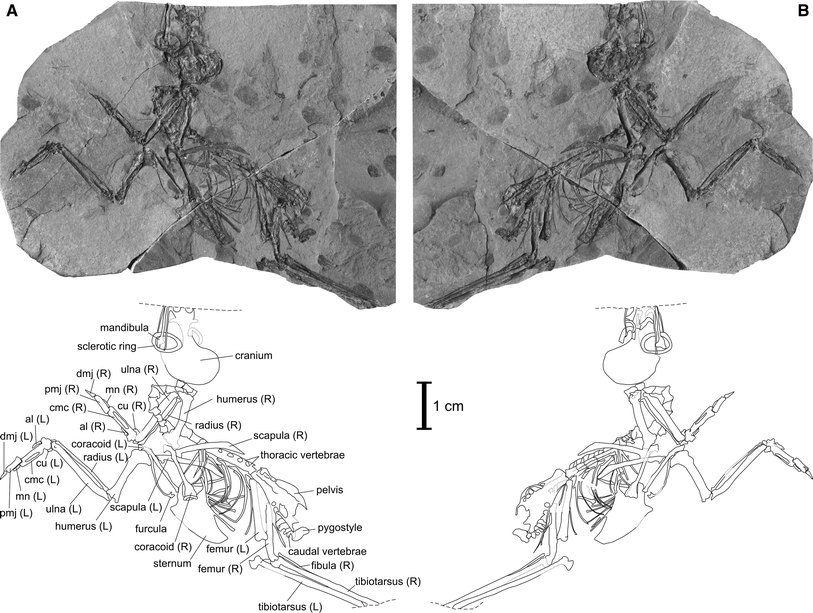 
|
|
|
|
Post by Bonobo on Jun 2, 2013 21:46:53 GMT 1
Highway construction sites are excellent opportunity to do some digging. link |
|
|
|
Post by Bonobo on Jun 9, 2013 16:00:26 GMT 1
The dead are treated with respect. Construction workers ran into a forgotten cemetery and now 1250 remains are going to be transfered to a regular burial site. link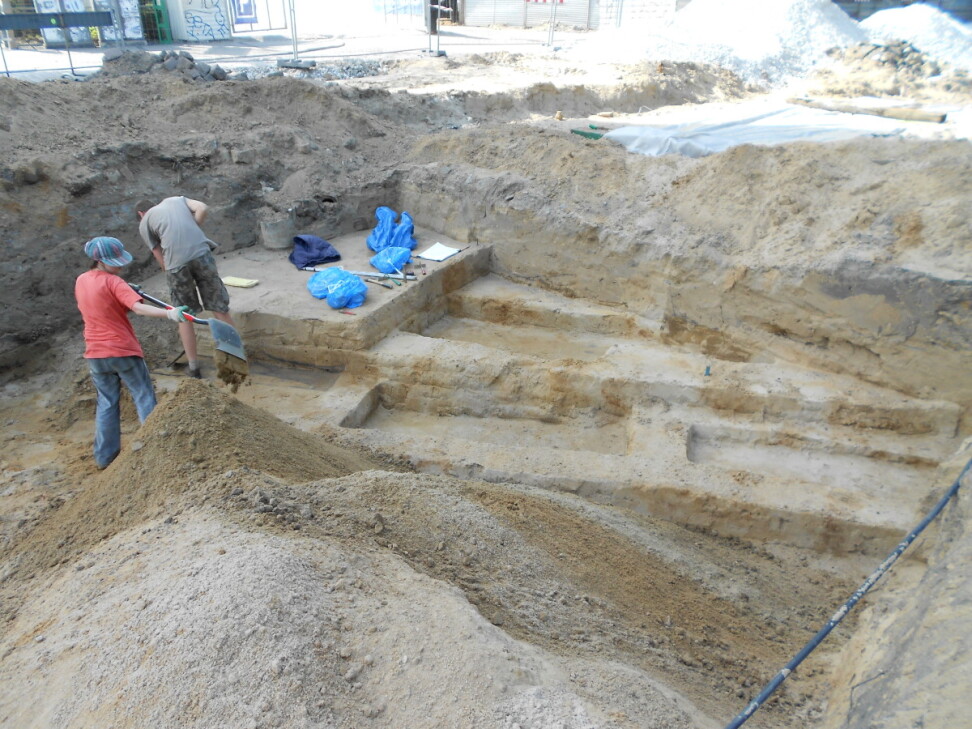 |
|
|
|
Post by Bonobo on Jun 8, 2017 22:46:46 GMT 1
Mediaeval sword found in Polish peat bog
06.06.2017 10:14
A completely preserved mediaeval broadsword from the 14th century has been found in southeastern Poland.
Museum director Bartłomiej Bartecki with the sword found near Hrubieszów. Photo: PAP/Wojciech PacewiczMuseum director Bartłomiej Bartecki with the sword found near Hrubieszów. Photo: PAP/Wojciech Pacewicz

Experts say a knight who once wielded it may have been sucked into the peat bog where the weapon was discovered.
The sword was found near the town of Hrubieszów and handed over to a local museum.
The museum’s director, Bartłomiej Bartecki, said: “The place where the discovery was made is a wetland and a peat bog.
“It is possible that a knight was sucked into the marsh after a string of unfortunate circumstances, or that [the sword] was simply lost.”
The weapon is typical for the 14th century. "It is very light - it originally weighed about 1.5kg. Today it measures about 120 cm," said Bartecki.
He added that the weapon took much skill to make, is well balanced and perfect for combat.
Archaeologists will now head to the site of the find to carry out a dig.
|
|
|
|
Post by Bonobo on Sept 14, 2017 21:56:19 GMT 1
Fossil footprints challenge established theories of human evolution
Date:
August 31, 2017
Source:
Uppsala University
Summary:
Newly discovered human-like footprints from Crete may put the established narrative of early human evolution to the test. The footprints are approximately 5.7 million years old and were made at a time when previous research puts our ancestors in Africa -- with ape-like feet.
Share:

FULL STORY
The footprints were discovered by Gerard Gierlinski (1st author of the study) by chance when he was on holiday on Crete in 2002. Gierlinski, a paleontologist at the Polish Geological Institute specialized in footprints, identified the footprints as mammal but did not interpret them further at the time. In 2010 he returned to the site together with Grzegorz Niedzwiedzki (2nd author), a Polish paleontologist now at Uppsala University, to study the footprints in detail. Together they came to the conclusion that the footprints were made by hominins.
Credit: Andrzej Boczarowski
Newly discovered human-like footprints from Crete may put the established narrative of early human evolution to the test. The footprints are approximately 5.7 million years old and were made at a time when previous research puts our ancestors in Africa -- with ape-like feet.
Ever since the discovery of fossils of Australopithecus in South and East Africa during the middle years of the 20th century, the origin of the human lineage has been thought to lie in Africa. More recent fossil discoveries in the same region, including the iconic 3.7 million year old Laetoli footprints from Tanzania which show human-like feet and upright locomotion, have cemented the idea that hominins (early members of the human lineage) not only originated in Africa but remained isolated there for several million years before dispersing to Europe and Asia. The discovery of approximately 5.7 million year old human-like footprints from Crete, published online this week by an international team of researchers, overthrows this simple picture and suggests a more complex reality.
Human feet have a very distinctive shape, different from all other land animals. The combination of a long sole, five short forward-pointing toes without claws, and a hallux ("big toe") that is larger than the other toes, is unique. The feet of our closest relatives, the great apes, look more like a human hand with a thumb-like hallux that sticks out to the side. The Laetoli footprints, thought to have been made by Australopithecus, are quite similar to those of modern humans except that the heel is narrower and the sole lacks a proper arch. By contrast, the 4.4 million year old Ardipithecus ramidus from Ethiopia, the oldest hominin known from reasonably complete fossils, has an ape-like foot. The researchers who described Ardipithecus argued that it is a direct ancestor of later hominins, implying that a human-like foot had not yet evolved at that time.
The new footprints, from Trachilos in western Crete, have an unmistakably human-like form. This is especially true of the toes. The big toe is similar to our own in shape, size and position; it is also associated with a distinct 'ball' on the sole, which is never present in apes. The sole of the foot is proportionately shorter than in the Laetoli prints, but it has the same general form. In short, the shape of the Trachilos prints indicates unambiguously that they belong to an early hominin, somewhat more primitive than the Laetoli trackmaker. They were made on a sandy seashore, possibly a small river delta, whereas the Laetoli tracks were made in volcanic ash.
'What makes this controversial is the age and location of the prints,' says Professor Per Ahlberg at Uppsala University, last author of the study.
At approximately 5.7 million years, they are younger than the oldest known fossil hominin, Sahelanthropus from Chad, and contemporary with Orrorin from Kenya, but more than a million years older than Ardipithecus ramidus with its ape-like feet. This conflicts with the hypothesis that Ardipithecus is a direct ancestor of later hominins. Furthermore, until this year, all fossil hominins older than 1.8 million years (the age of early Homo fossils from Georgia) came from Africa, leading most researchers to conclude that this was where the group evolved. However, the Trachilos footprints are securely dated using a combination of foraminifera (marine microfossils) from over- and underlying beds, plus the fact that they lie just below a very distinctive sedimentary rock formed when the Mediterranean sea briefly dried out, 5.6 millon years ago. By curious coincidence, earlier this year, another group of researchers reinterpreted the fragmentary 7.2 million year old primate Graecopithecus from Greece and Bulgaria as a hominin. Graecopithecus is only known from teeth and jaws.
During the time when the Trachilos footprints were made, a period known as the late Miocene, the Sahara Desert did not exist; savannah-like environments extended from North Africa up around the eastern Mediterranean. Furthermore, Crete had not yet detached from the Greek mainland. It is thus not difficult to see how early hominins could have ranged across south-east Europe and well as Africa, and left their footprints on a Mediterranean shore that would one day form part of the island of Crete.
'This discovery challenges the established narrative of early human evolution head-on and is likely to generate a lot of debate. Whether the human origins research community will accept fossil footprints as conclusive evidence of the presence of hominins in the Miocene of Crete remains to be seen,' says Per Ahlberg.
Story Source:
Materials provided by Uppsala University. Note: Content may be edited for style and length.
Journal Reference:
Gerard D. Gierlińskia et al. Possible hominin footprints from the late Miocene (c. 5.7 Ma) of Crete? Proceedings of the Geologists' Association, 2017 DOI: 10.1016/j.pgeola.2017.07.006
Cite This Page:
MLA
APA
Chicago
Uppsala University. "Fossil footprints challenge established theories of human evolution." ScienceDaily. ScienceDaily, 31 August 2017. <www.sciencedaily.com/releases/2017/08/170831134221.htm>. |
|
|
|
Post by Bonobo on Sept 16, 2017 8:47:47 GMT 1
The law here says that anything of historic value what you might find in the ground belongs to the state. A German family didn`t know it and came to Lubomierz (previously Liebenthal) to dig out valuables that their grandfather buried in the garden before leaving his home in the once German territory which hjad become Polish after WW2. The family didnt` even have a spade so they borrowed one from local residents. One of them called the police and the family`s treasure was confiscated by the local authorities. They are probably going to put it in the museum. But if the family proves those valuables are really their private property, they will be allowed to take it to Germany, although after painstaking beaurocratic procedures. Comments are mixed. Some people say the treasure should be given back. Others point out that it might have been stolen by Germans from Poles during the war so the case must be examined further. 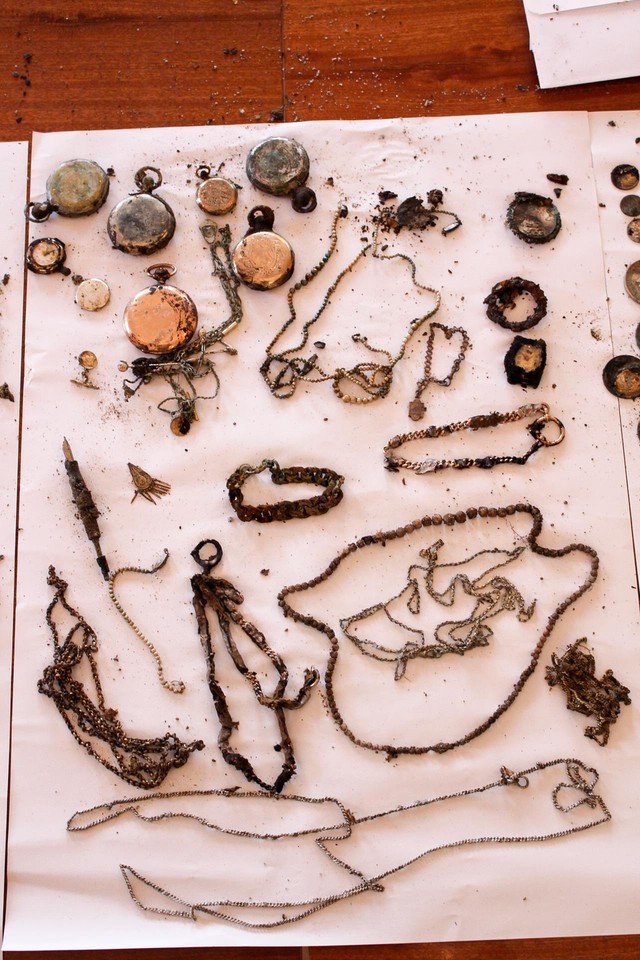  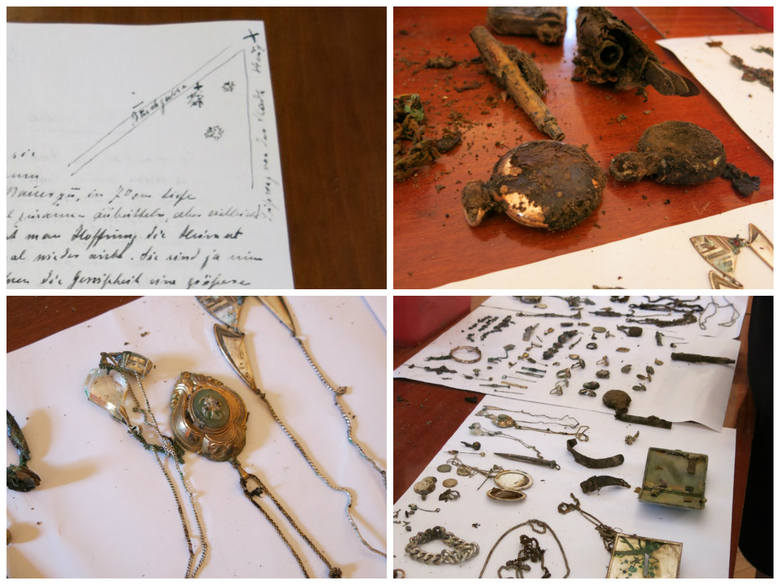 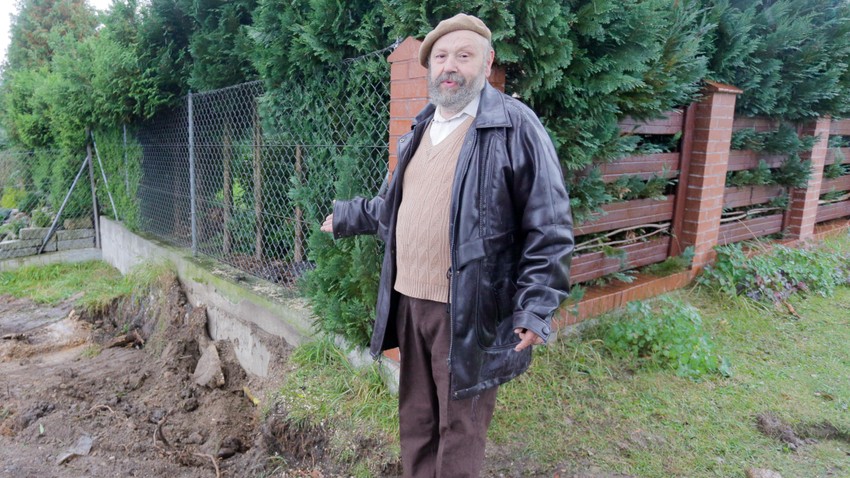 |
|
|
|
Post by jeanne on Sept 17, 2017 21:53:33 GMT 1
The repercussions of WWII just go on and on and on...
|
|
|
|
Post by Bonobo on Oct 22, 2017 9:25:14 GMT 1
The biggest boulder ever found in Warsaw, 1.5 billions years old, 65 tons.   |
|
|
|
Post by Bonobo on Dec 26, 2017 16:17:36 GMT 1
|
|
|
|
Post by Bonobo on Dec 31, 2017 21:41:42 GMT 1
Anchor  |
|
|
|
Post by Bonobo on Nov 25, 2018 21:16:03 GMT 1
www.thefirstnews.com/article/fossils-of-200-mln-year-old-lizard-mammal-weighing-9-tons-and-the-size-of-an-elephant-found-in-village-3436 Fossils of 200-mln-year-old lizard-mammal weighing 9 tons and the size of an elephant found in village
Science | News
Anne Chatham November 23, 2018
Lisowicia appears to have lived alongside dinosaurs, with its large size helping to deter predators. Until now, scientists thought that dinosaurs were the only group that grew to such big sizes. Dmitry Bogdanov
A new Triassic mammal cousin that roamed Silesia, in south-western Poland, around 210 million years ago has been discovered by scientists.
The Lisowicia bojani was an estimated 4.5 metres long, over 2.5 metres high and weighed 9 tonnes, as much as one of today’s elephants.
Since the creature was described this week by palaeontologists in an article in Science, a prestigious journal published by the American Association for the Advancement of Science, it has caused ripples in the scientific community, challenging preconceptions about life on earth millions of years ago.
By analysing the bones scientists have managed to build up a picture of Lisowicia’s enormous size and how it would have walked like large mammals such as rhinos and hippos.Tomasz Sulej
The creature’s name comes from the village of Lisowice in Silesia, where the fossil was found in a clay pit, which was previously used for brickmaking.
The “bojani” part of its name comes from Ludwig Heinrich Bojanus (1776-1827), a physician and naturalist who taught at Vilnius University (then in the Russian Empire, now in Lithuania), who wrote a work on the anatomy of turtles.
It was discovered by palaeontologists at the Polish Academy of Sciences (PAN) and Uppsala University in Sweden. 
|
|
|
|
Post by Bonobo on Dec 13, 2018 22:43:01 GMT 1
scienceinpoland.pap.pl/en/news/news%2C31838%2Cmalopolskie-bird-skull-found-mouth-child-buried-cave.html Archaeologists discovered a chaffinch skull in the mouth of a child buried about 200 years ago in Cave Tunel Wielki; another skull was found next to the child`s cheek. This is the only modern human skeleton discovered so far a cave in the Kraków-Częstochowa Upland, the discoverers believe.
The discovery was made several decades ago, but it has never been published and analysed.
"About 10-year-old child was buried very shallowly under the surface in one of the two chambers of the cave" - says Dr. Małgorzata Kot from the Institute of Archaeology, University of Warsaw. Researchers have taken samples from the child`s remains for radiocarbon studies to determine their age. It turned out that the child was buried in the second half of the 18th century or at the turn of the 19th century,
The biggest surprise for archaeologists was that the child was buried with a bird (chaffinch) skull in the mouth. Another similar skull was found next to the child`s cheek.
"This burial is a big surprise for us. This practice is not known among the ethnologists we have asked for opinions. It remains a mystery why the child was buried in a cave in this way, not in a cemetery in a nearby village" - says Dr. Kot.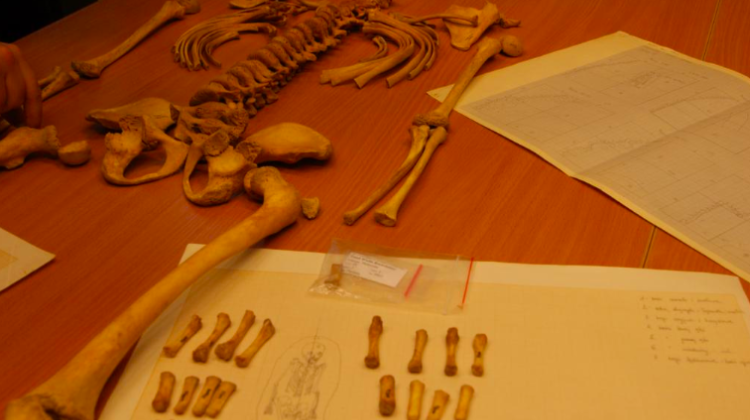
|
|
|
|
Post by Bonobo on Feb 16, 2020 13:37:30 GMT 1
|
|
|
|
Post by Bonobo on Sept 27, 2020 7:18:59 GMT 1
|
|
|
|
Post by Bonobo on Apr 6, 2021 14:21:30 GMT 1
|
|